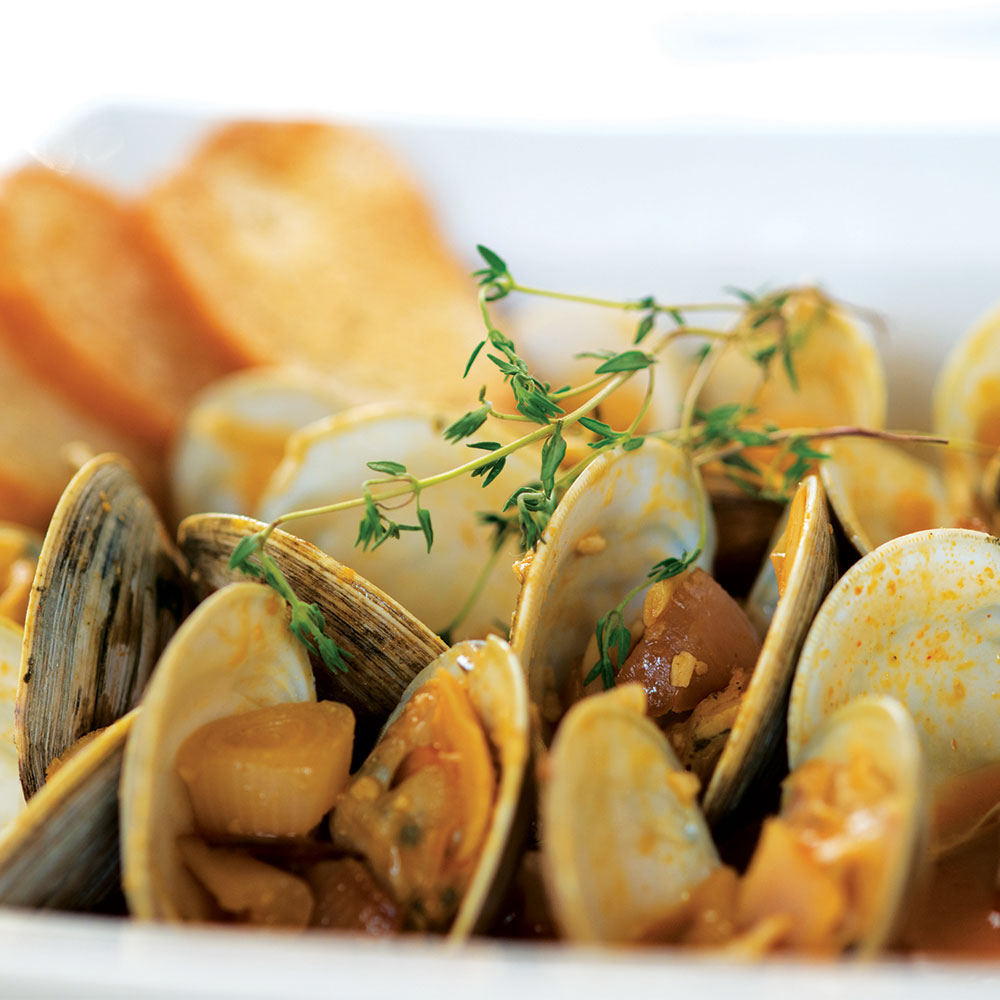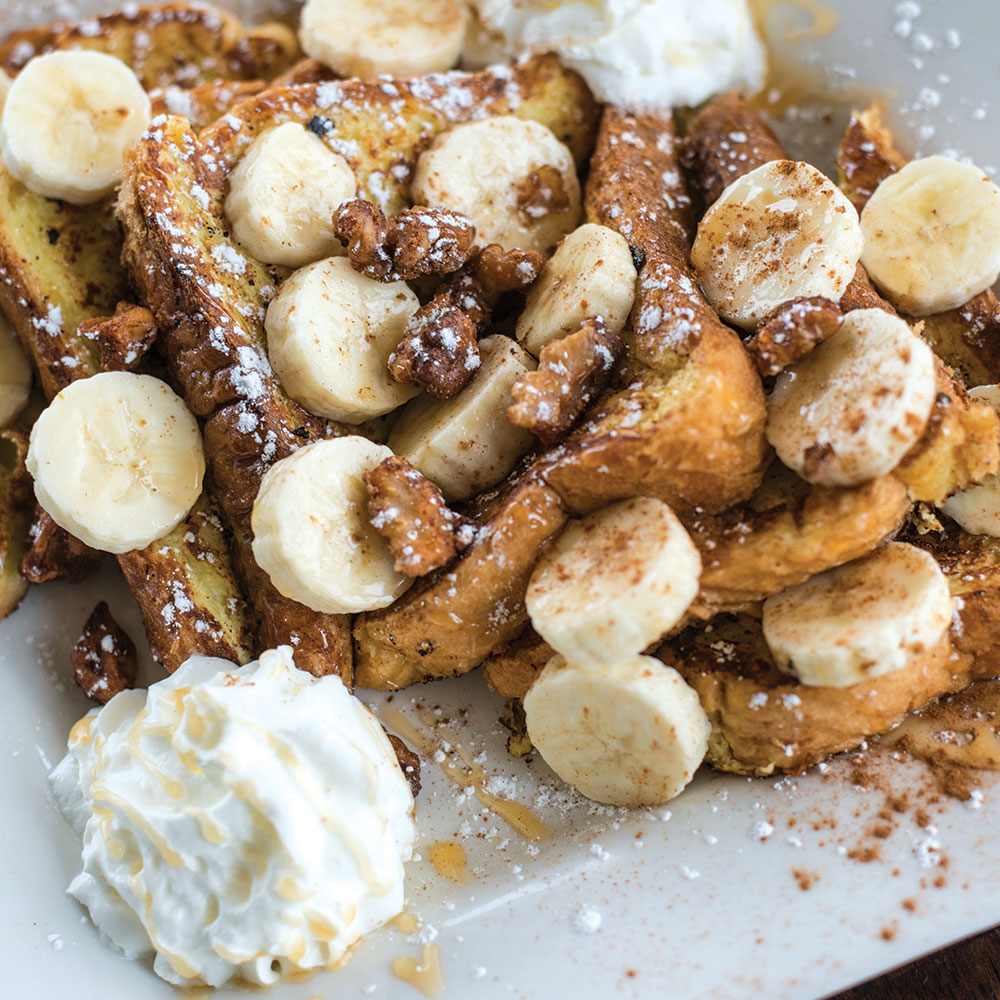
Pizza Dough
Presented by Sette Luna
INGREDIENTS
- 1/2 oz. fresh cake (compressed) yeast, sold refrigerated
- 2 tsp. sea salt
- 10 oz. tepid/body temperature water
- 1 1/2 T extra virgin olive oil
- 1 lb. “00” high-gluten flour (not pastry flour)
DIRECTIONS
Dissolve yeast and salt in water. Whisk in olive oil.
Pour about 7 ounces of liquid mixture into bowl of a stand mixer equipped with a dough hook; reserve balance. Caution: Do not use the full amount of water initially. The remainder is added incrementally as needed. On low speed, gradually mix in flour. When fully incorporated, process for about 15 minutes. Add small amounts of water gradually if the dough appears dry: When finished, the dough is a smooth, tacky-feeling ball that does not stick to sides of the bowl. Divide dough into 2 or 3 balls. (If saving any for later use, oil dough lightly, wrap in plastic and freeze.) Place dough ball in lightly oiled bowl, oil lightly on top and cover with plastic wrap. If using that day, set aside at room temperature for 4–6 hours to proof. For preferred slow fermentation method, refrigerate bowl for 3 days to let dough develop until doubled or tripled in size.
Lightly flour a smooth work surface, either granite or countertop. (Don’t use a wood cutting board.) Transfer dough to the prepared surface and punch down to flatten. Dust pizza pan or stone with semolina or fine cornmeal to prevent sticking. (These tiny “ball bearings” also add a desirable crunchy texture.) Stretch or toss the dough to appropriate size. The dough may also be stretched with a rolling pin. (The goal is to stretch without tearing.) Top pizza as desired and bake on your oven’s highest setting, usually around 500°F. [Sette Luna’s oven bakes at 850°F.] Note: Dough becomes easier with practice, so make it often!
Yields 2-3 Doughs
Baking time varies with temperature, thickness of crust, whether using a pan or stone, ranging from about 8 to 15 minutes.
Share This Article
As seen in the Winter/Spring 2019 Issue
Click to Visit Our Advertisers




